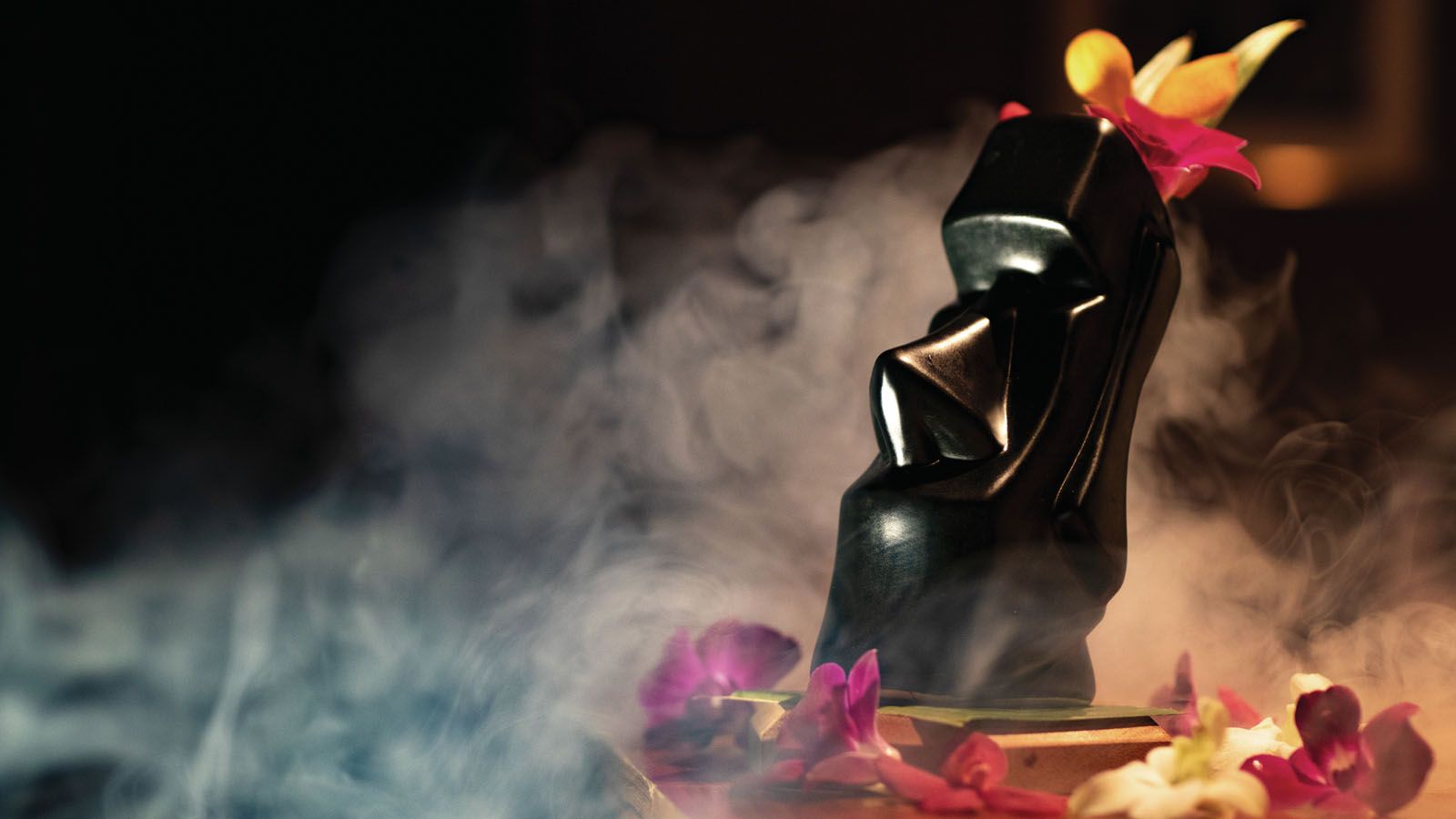More than just fuel for pirates, the increasing appreciation of rum has been buoyed by the growth of premium rums, and those made regionally
Move over gin and whisky. No longer viewed as just cheap and cheerful plonk, rum is increasingly being seen as a sophisticated tipple, what with rum brands and spirit houses unveiling more premium products to win over discerning drinkers.
Produced in over 80 countries worldwide, rum is basically an alcohol beverage distilled from sugar cane byproducts—its raw juice (vesou), cane syrup, or most commonly, its refined molasses. After distillation, the rum is either bottled immediately or aged in barrels to create a darker more complexed spirit.
“There are multitudes of different rums made all over the world, many with their own unique styles and qualities,” shares Mitch Wilson, Asia-Pacific brand ambassador for Maison Ferrand, a producer of spirits that carries Plantation Rum in its portfolio.
From a historical point of view, rum is also loosely categorised into regional styles influenced by the colonisation of the Caribbean and Latin/Central America. English-style rums produced in countries like Jamaica are traditionally darker rums made from molasses and blended for bolder and spicier aromas. From nations like Venezuela and Panama come Spanish-style rums, also produced from molasses but carry a smoother, lighter and fruitier profile. French agricole rums, with its distinct grassy, floral and earthy style, is distilled exclusively from sugar cane juice in countries like Haiti and Mauritius.
Still, these boundaries are getting heavily blurred as more variety of rums enter the market. Head of operations and creative at Idlewild, Andy Griffiths explains, “Nowadays, there’s a lot of experimentation and blending; not all rums produced in Spanish-speaking countries are necessarily Spanish-style rum, some of them are verging on British-style.”


